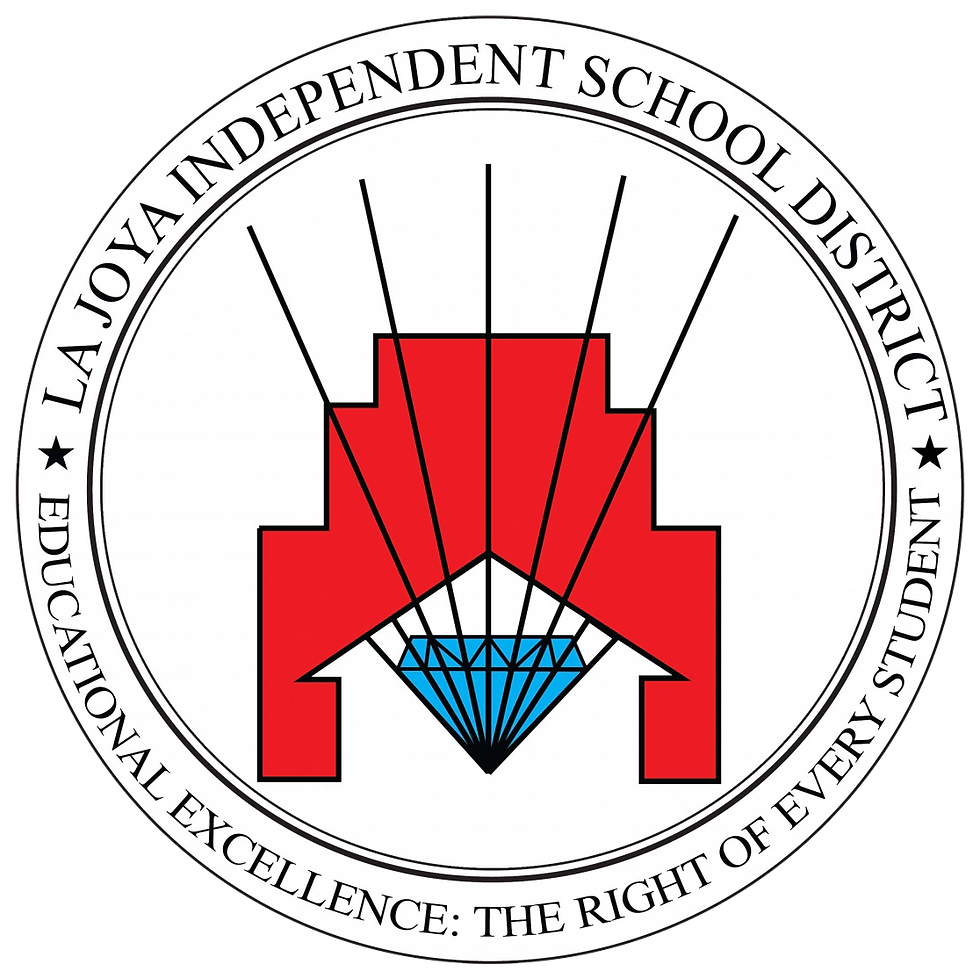La Joya ISD Migrant Department Prepares Future Health Professionals
- College 1st Program

- Aug 23, 2018
- 2 min read
Updated: Feb 12, 2019

La Joya, TX–A migrant student from La Joya ISD wears a mask and gloves and leans over his patient, carefully stitching together his open wound. When she has finished, the neat row of sutures could be mistaken for the work of a professional, but this is her first time performing surgery. The young woman is, of course, operating on a skin model while participating in the College 1st Health Professions CAMP.
The Health Professions CAMP is designed to introduce students to a wide array of medical jobs through interactive, project-based learning in an industry long known to be expanding. La Joya ISD took initiative by offering the opportunity for students within the district to attend the Academies of Health Professions where students interested in the Health care industry can get a head start in preparing for their career. According to the US Bureau of Labor Statistics, health care has become the largest source of jobs in the United States. The healthcare industry has long been one of the fastest growing in the US, driven in large part by the aging of the American population. Richard Reynoso, a La Joya ISD student in the Migrant Department, claimed that his favorite activity was the “suturing lab because it inspired [him] to go to college and become a doctor.” During the Health Professions CAMP, students are exposed to the emerging technologies that have made waves in the medical field. Economic trends toward increasing automation suggests that the best prepared professionals of tomorrow will know how to interact with technology and harness its advantages. “I felt like this CAMP opened my eyes to the possible careers that I can pursue to be successful in life and one day I can make my parents proud”, said La Joya ISD Migrant student, Samuel Perez.
During the Health Professions CAMP, not only do students use virtual reality glasses to explore the circulatory system but also take part in similar training that medical professionals are exposed to. They use human skin models and suturing kits to perform surgery and get to experience what it’s like to be a nurse during a vitals rotation. Moreover, the students are primed by the College 1st mentors, college-educated students from diverse professional backgrounds, to think of the broader effects of technology on medical professions and society by-and-large.
As students review the human anatomy and explore different career options they can pursue after college in the medical filed, the interspersion of hands-on activities provides them with practical skills that medical professionals often aren’t exposed to until college. From removing cavities from teeth models to taking the “vitals” of their peers, students get a head start on skills they need to become the dentists, doctors, nurses, and surgeons of tomorrow.
For more information about the College 1st program, please visit our website at www.college1st.org or call us at 1-877-499-8544.











Comments